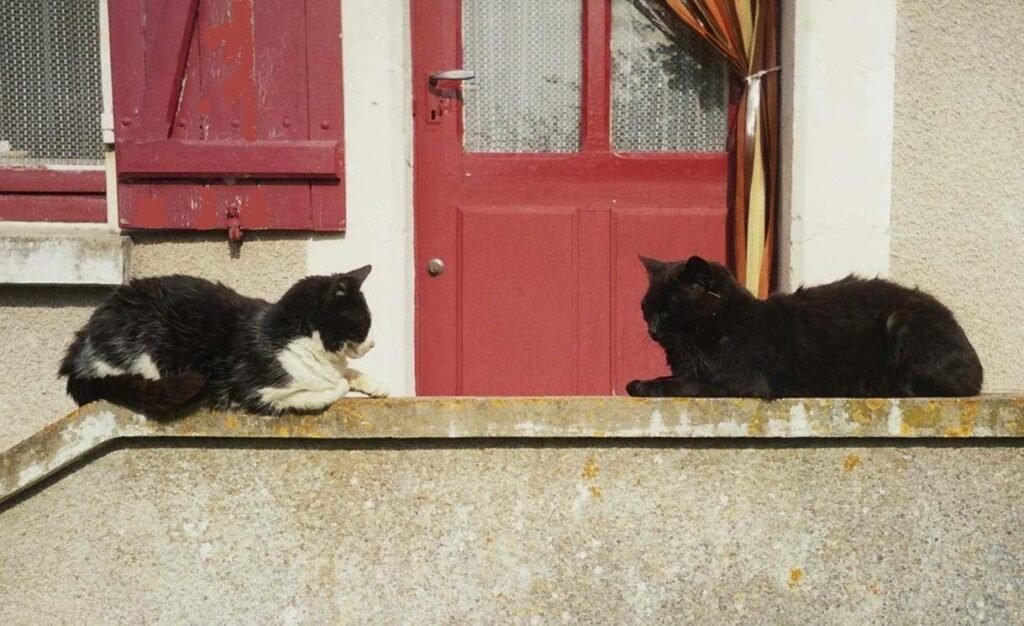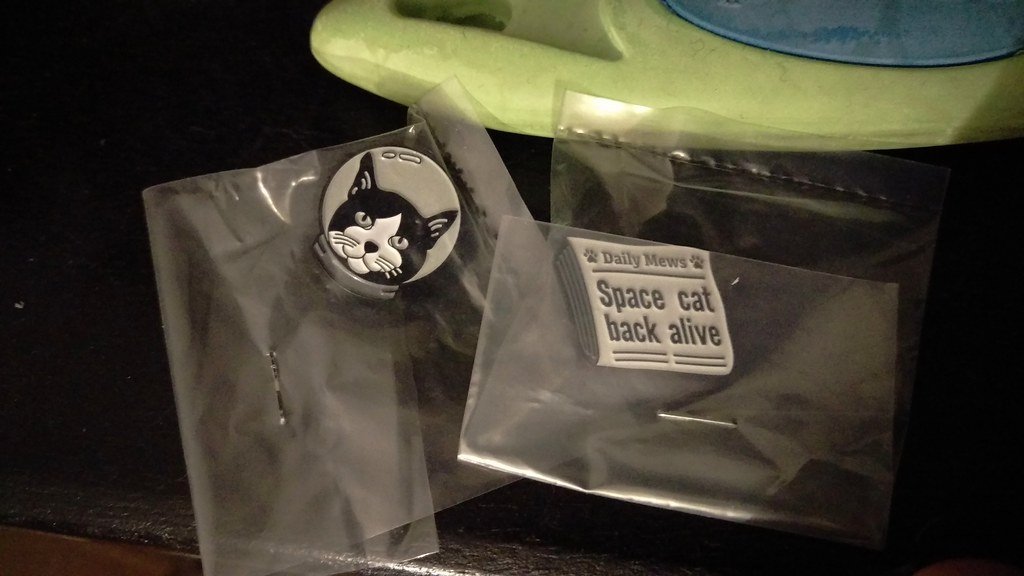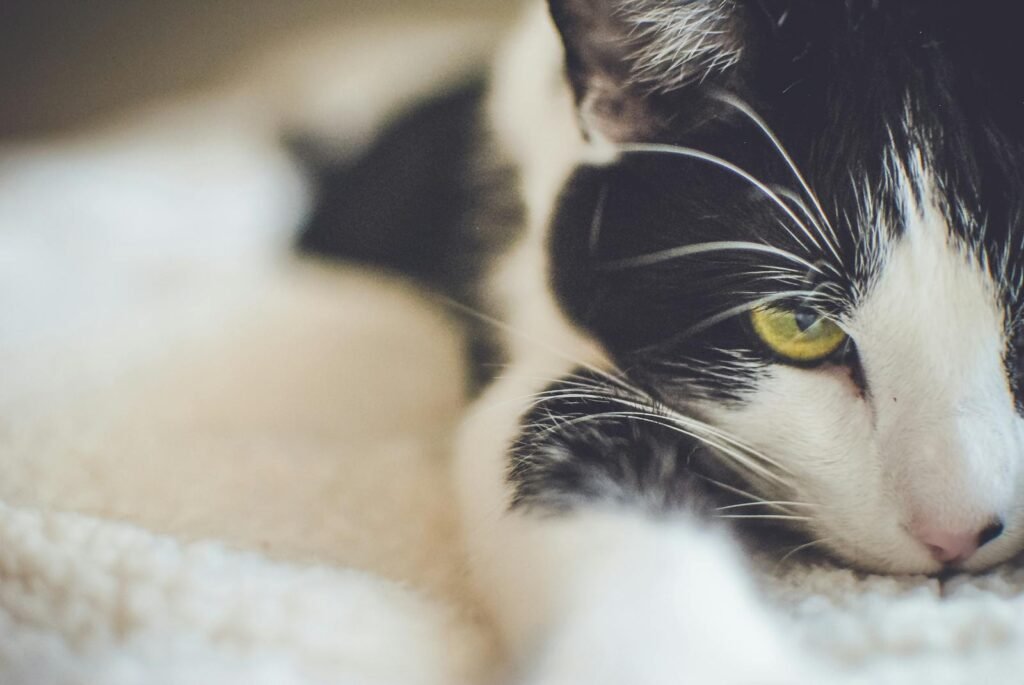In the vast tapestry of space exploration, human imagination and curiosity have always pushed boundaries. But amidst the tales of astronauts and cosmonauts, one unique story stands out – that of a feline adventurer named Félicette. This tale is not just about a cat; it’s a narrative that explores the intersection of science, courage, and serendipity. Félicette’s journey into the cosmos is a testament to the unexpected avenues that scientific endeavors can take.
The Unlikely Candidate: How Félicette Was Chosen
Félicette was not just any ordinary cat. Her journey to space began when a group of scientists in France decided to explore the effects of space travel on living organisms. In 1963, a dozen cats were selected for this unique mission. They were chosen based on their temperament and size, as the spacecraft had limited space. Félicette, a stray cat from the streets of Paris, was among these lucky few. Her calm demeanor and moderate weight made her an ideal candidate for the mission. It’s fascinating to think that a humble street cat would soon be making history in the annals of space exploration.
Training for the Stars: Preparing Félicette for Space

Preparing a cat for space travel is no small feat. Félicette underwent rigorous training to ensure she could handle the stress of a space mission. The training regimen included time in a centrifuge to simulate the forces of a rocket launch. She was also subjected to isolation and pressure chambers to prepare her for the conditions of space. This training was crucial to ensure that Félicette could survive the intense conditions she would face. The dedication of the scientists and the resilience of Félicette highlight the lengths to which humanity will go in the pursuit of knowledge.
The Launch: Félicette’s Journey to the Cosmos
On October 18, 1963, Félicette’s moment arrived. She was placed inside a capsule atop a Véronique AG1 rocket at the Hammaguir test range in Algeria. The launch was a tense moment, as it was the culmination of months of preparation and experimentation. As the rocket soared into the sky, Félicette became the first and only cat to venture into space. The journey lasted just 13 minutes, reaching an altitude of 156 kilometers. Though brief, this voyage was a monumental step in understanding how living organisms respond to the conditions of space.
In the Name of Science: The Experiments Conducted

Félicette’s mission was not merely symbolic; it was a scientific endeavor aimed at understanding the effects of microgravity and space travel on mammals. Electrodes implanted in her brain transmitted neurological data back to Earth. Scientists closely monitored her brain activity to study how space conditions affected her physiology. The data collected was invaluable, providing insights that would inform future human spaceflights. This mission emphasized the importance of animal testing in pioneering space exploration, paving the way for more advanced studies.
A Safe Return: Félicette’s Homecoming
After her brief journey, Félicette safely returned to Earth, landing in the desert. The recovery team was quick to retrieve her, ensuring she was unharmed. Her safe return was a sigh of relief for the scientists involved in the mission. Félicette’s journey provided critical data, but it also highlighted the ethical considerations of using animals in research. Her survival and the information gathered from her mission played a crucial role in advancing space travel.
The Legacy of Félicette: A Pioneer Remembered
Félicette may not have been as widely recognized as her human counterparts, but her contribution to space exploration is undeniable. Her mission proved that mammals could survive space travel, a crucial step in the journey toward human spaceflights. Over the years, her story has been celebrated by space enthusiasts and animal lovers alike. She symbolizes the bravery and spirit of exploration that defines human ambition. Félicette’s journey reminds us that every pioneer, no matter how small, leaves an indelible mark on history.
Félicette’s Impact on Future Space Missions
The success of Félicette’s mission had a lasting impact on the field of space exploration. The data collected from her journey informed the design and safety measures for future missions. It provided insights into the physiological effects of space travel on living organisms. This knowledge was crucial as humanity set its sights on the moon and beyond. Félicette’s legacy lives on in every mission that followed, as her journey laid the groundwork for more advanced explorations.
Remembering Félicette: A Tribute to a Space Pioneer
In recent years, there has been a growing movement to honor Félicette’s contribution to space exploration. In 2019, a commemorative statue was unveiled in her honor, celebrating her role as a space pioneer. This recognition is a testament to the lasting impact of her mission. It serves as a reminder of the bravery and sacrifice involved in the pursuit of knowledge. Félicette’s story continues to inspire a new generation of scientists and space enthusiasts.
The Ethical Debate: Animals in Space Research
Félicette’s mission also sparked discussions about the ethical implications of using animals in scientific research. While her journey provided invaluable data, it raised questions about the treatment and welfare of animals in experiments. This debate continues to this day, with scientists and ethicists working to balance the pursuit of knowledge with ethical considerations. Félicette’s story serves as a poignant reminder of the need for compassion and responsibility in scientific endeavors.
A Celestial Feline: Félicette’s Enduring Influence

Félicette’s journey from the streets of Paris to the stars is a story of courage, curiosity, and the unyielding pursuit of knowledge. Her mission has left an indelible mark on the history of space exploration, influencing countless missions that followed. As we continue to explore the cosmos, Félicette’s legacy serves as a reminder of the unexpected paths that scientific discovery can take. Her story is a testament to the power of perseverance, innovation, and the enduring spirit of exploration.


